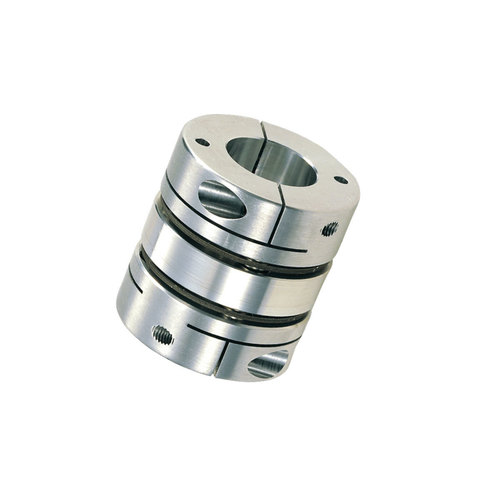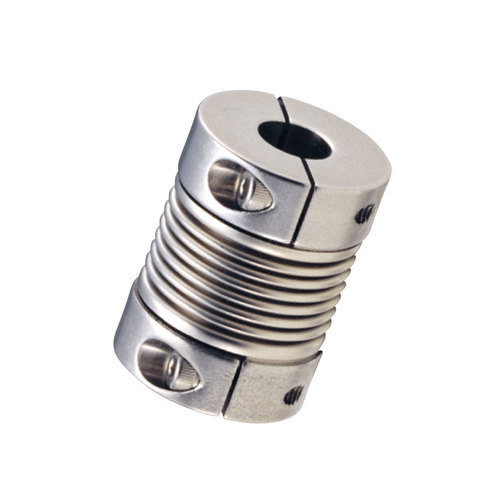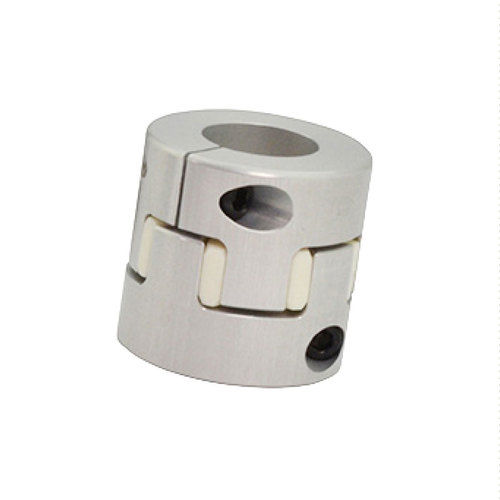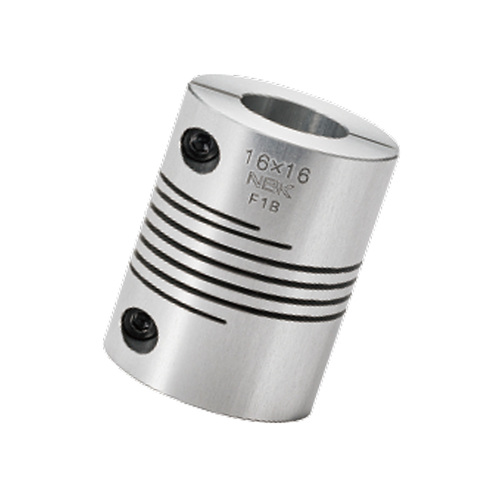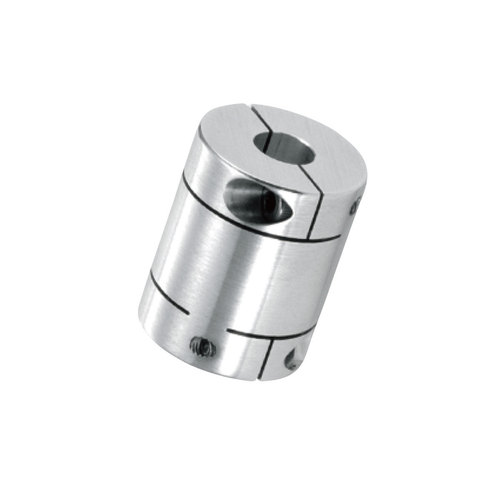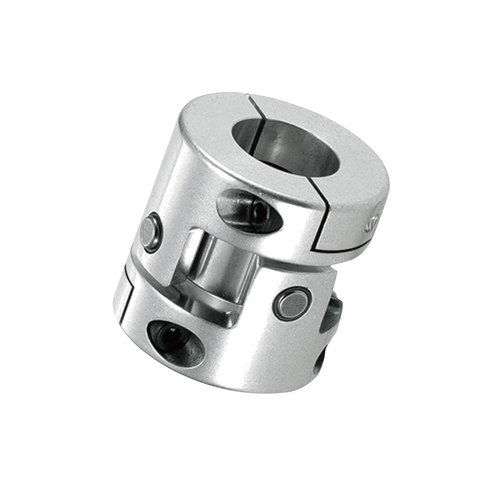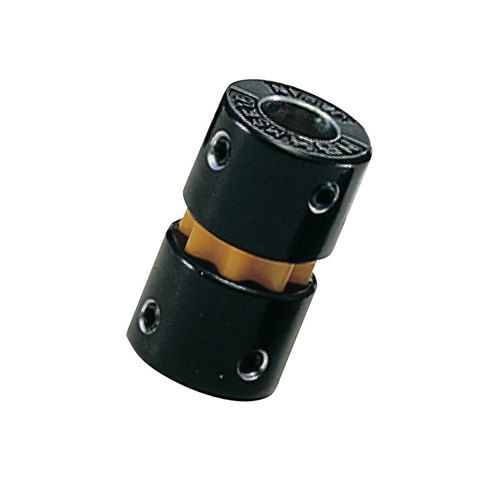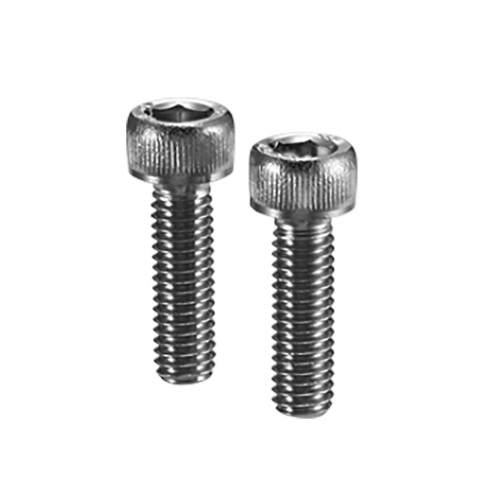Showroom
Screws are metal fasteners with a threaded shank that is driven by turning. The threads keep the screw from slipping out. The screw head has a recessed region that accepts a tool, such as a drill or screwdriver, to turn the screw into position.
In the process of the Disk Type Coupling, the torque is transmitted by flexing disk elements. It works by alternating the tension and compression of chorded segments on a standard bolt circle bolted between the drive and driven sides.
Bellows Type Coupling is well-known for its high torsional rigidity, which allows it to reliably transfer momentum, angular direction, and torque. Its mild stability allows it to accommodate minor axial, angular, and parallel misalignment between the shafts or other components being joined.
Usually, Oldham Type Coupling is recommended for transient motion systems that are stationary at least half of the time. There are blind-bore and through-hub types available, with the latter worthy of mounting to both driving and driven shafts without dispersing the equipment or disrupting shaft orientation.
In their typical form Jaw Type Coupling transfer torque through the elastomeric flexing element in compression. From the perspective of an elastomeric element, this is preferable for torque transmission since elastomers can typically withstand more punishment and load in compression than in in-shear motion.
Slit Type Coupling is an excellent choice for compensating for unavoidable shaft misalignments while providing high torque and torsional stiffness in various applications. The distinct slotted design incorporates machined irregular slits, resulting in a one-piece configuration that provides high efficiency.
A Rigid Type Coupling allows no radial and axial relative movement between the driver and driven unit shafts. When the two shafts are firmly and correctly attached, they act as a single shaft. It is typically used in vertical applications, like a vertical pump.
Screws are metal fasteners with a threaded shank that is driven by turning. The threads keep the screw from slipping out. The screw head has a recessed region that accepts a tool, such as a drill or screwdriver, to turn the screw into position.
Get in touch with us



